I have been using Visual Studio's JavaScript Intellisense functionality for a while now and have mostly been happy with how well it provides suggestions for standard APIs, but I have found that I cannot get Visual Studio to understand configuration objects (i.e. a single object with multiple optional or required properties as an argument to a function).
The official JSDoc syntax suggests that if a parameter is expected to have properties, you create a separate @param line for each and use dot notation:
/**
* @param {Object} config
* @param {String} config.name
* @param {Number} config.gold
*/
function do_it(config) { ... }
However, Visual Studio doesn't recognize this - it renders config, config.name, and config.gold as three separate top-level parameters.
Worse, the AutoComplete functionality within the method body doesn't recognize the parameters either, much less their types:
The only solution that appears to come even close in Visual Studio is to write never-called constructor functions with appropriate documentation (@constructor and @property tags), which makes me write a lot of dead code and also go against JavaScript's class-free mentality (which is the reason I use configuration objects in the first place). It doesn't even let me write the configuration object!
Not only that, but I also know that Visual Studio doesn't need it. For instance, when I wrote out a call to this library function, it was able to glean that the argument object needs properties called id, source, and target, and suggested those names when I created an object literal for the function's argument - and without a single line of documentation. Presumably, it came from the simple fact that they were used:
Granted, the method does throw exceptions if these properties aren't on the object and aren't of the correct type, but still.
EDIT: And I recently was able to replicate the effect in my own code somewhat with object literal parameters - I called one function with a well-defined object, and it gave me Intellisense suggestions when I called the function again elsewhere in my code. But I still don't have type information or semantic access within the function body.
Visual Studio obviously understands the concept of configuration objects and is doing some logic to provide suggested properties. What is that algorithm? And how do I exploit it without mangling my code?




